
8 minute read
Tidewater Gardening - Spring!: K. Marc Teff eau
TIDEWATER GARDENING
by K. Marc Teffeau, Ph.D.
It's Finally Spring!
Finally, spring has arrived! The landscape is in full color with the azaleas, rhododendrons, spirea, forsythias, dogwoods, crabapples and a host of other plants in bloom. Remember not to prune these spring-flowering woody ornamental plants until AFTER they have finished blooming and before the middle of July.
While we are busy dodging the proverbial April showers, there is lots to do in the landscape and garden. You can still transplant cole crops ~ broccoli, kale, collards, cabbage, broccoli, cauliflower,
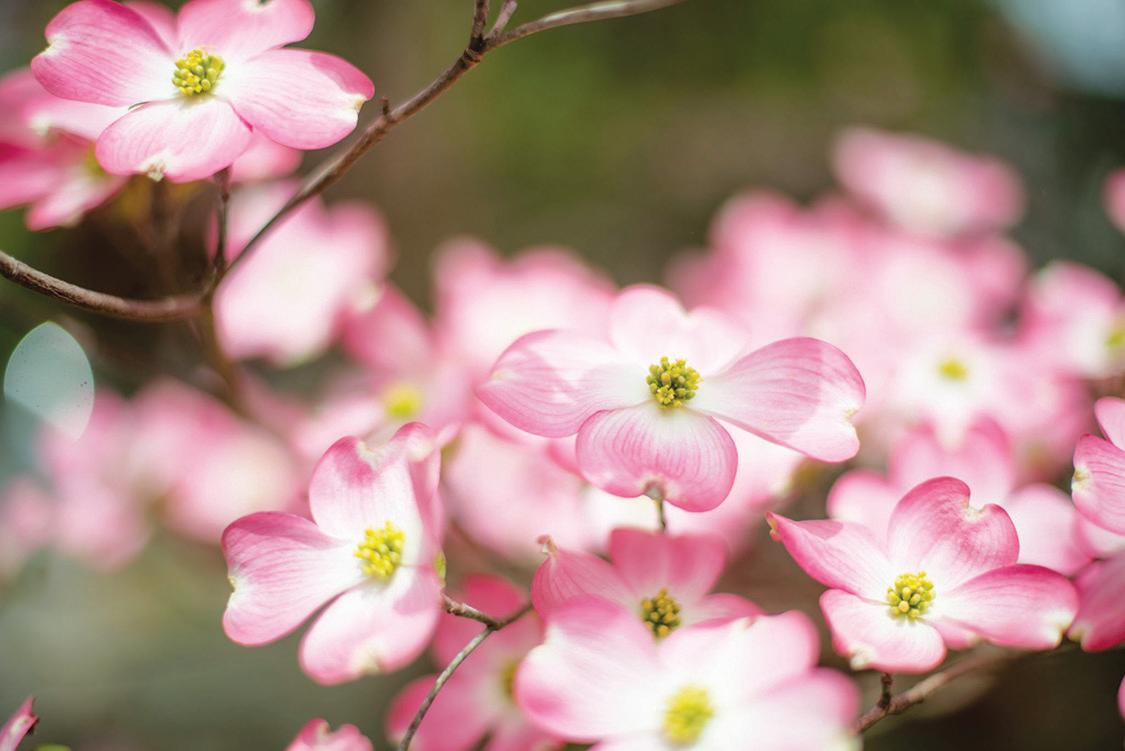
kohlrabi, Brussels sprouts and Chinese kale ~ in early April. Make repeated seedings of spinach and lettuce until the end of April.
Don’t rush the planting of warm season vegetables like tomatoes and peppers. The soil temperature is still cool, and this temperature will restrict the root growth of warm season crops. We also usually get frost at the end of April or in early May, and this will damage warm season transplants that are set out too early. If you have these vegetables in the garden and a frost is predicted, cover them with empty plastic milk jugs, paper hot caps or a Reemay-type fabric to protect
If you are a raised bed gardener, you have a little advantage in getting certain crops in earlier. The soil in raised beds tends to warm up more quickly, and this, plus the use of a fabric like Reemay, will help it to retain some heat. In normal years, these methods will give you a 10-day to two-week start on the production of broccoli, cabbage and summer squash. In addition, the fabric will provide some earlyseason insect control if you handle it carefully and keep the crops covered until it gets too warm during the day.
Observe your daffodil and other spring bulbs while in bloom this

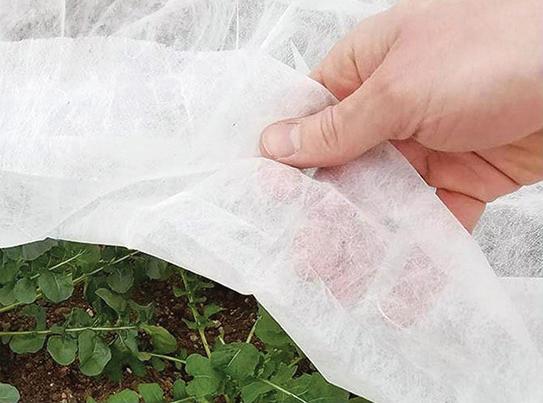

Tadewater Gardening To keep the planting going, you can fertilize bulbs upon emergence spring to be sure they have not of foliage with a 10-10-10 fertilizer, been shaded by the new growth of using a rate of 1 to 3 pounds per 100 other tree or shrub plantings. If square feet. Repeat the application they have, you may need to move after the bulbs have bloomed. your bulbs to a new, sunny location If we have warm weather in or prune back the plantings. Label April, we might be looking at plantthe clumps of daffodils that are too ing annuals in the landscape a crowded, as overcrowding inhibits week or two earlier than normal. blooming. Dig up the bulb clumps, When purchasing bedding annuals separate the bulbs and replant in this spring, choose properly grown July. plants with good color. Buy plants
Cut flower stalks back to the with well-developed root systems ground on daffodils, hyacinths and that are vigorous, but not too large other spring-flowering bulbs as the for their pots. flowers fade. Do not cut the foliage Also, when you are out shopping until it dies naturally. The leaves for annual flowers for your garare necessary to produce strong den, look for plants with lots of unbulbs capable of reflowering. opened buds. Plants that bloom in

Rt. 50 at Rt. 565, 2 mi. South of Easton
410-822-8866 www.riodelmarent.com

SALES - PARTS - SERVICE
RIO DEL MAR ENTERPRISES
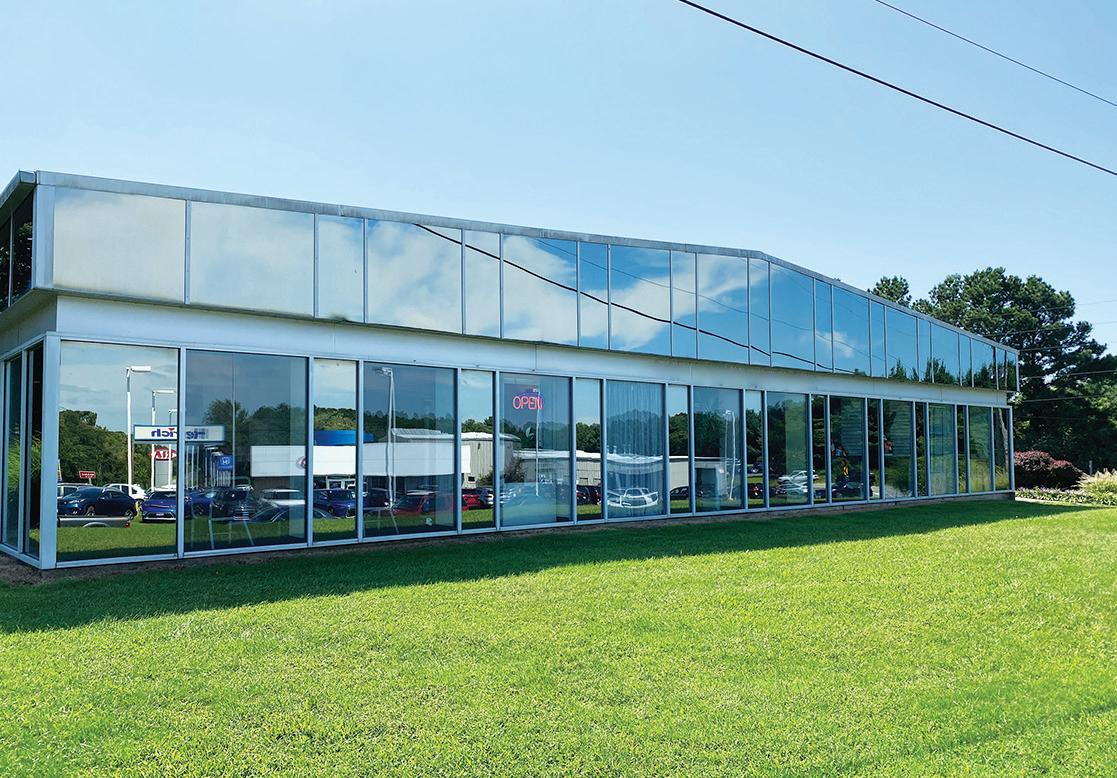
LOOK FOR US IN OUR NEW LOCATION!
The former Salisbury Pewter building, Rt. 50 - 2 miles south of Easton
the pack are often root bound and can be set back for several weeks after being transplanted. Plants not yet in bloom will actually bloom sooner, become better established and grow faster.
In April, chrysanthemums pop up in the flowerbed. Lift, divide and replant them as soon as new shoots appear. Each rooted shoot or clump will develop into a fine plant for late-summer bloom. Pinch out the top when the plants are about 4 inches high to thicken the plant. You can also take chrysanthemum cuttings now through mid-June for flowers during fall and winter in the greenhouse.
Let’s not forget your perennial flowerbeds. Now is the time to do some planning and planting. A simple design technique to increase the apparent length of your flower borders when seen from inside is to place most of the warm- and hot-colored perennial plants (yellows, oranges and reds) nearest the house. Concentrate the blues, which tend to appear more distant, in the second half of the garden. Plant
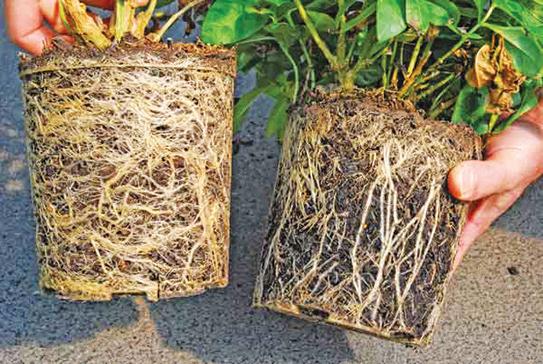
FRANK E.DAFFIN, INC.
Quality Builders Since 1936
410-822-2364 MHIC #1857 MHBR #877
frankedaffininc.com · fedaffin@atlanticbb.net

some pink and mauve flowers along with the blues. Plants with silver foliage can be used to provide a unifying ground color throughout.
The actual dimensions of the borders and the paths separating them can help increase the illusion of distance. In a 20-foot-long border, make the planting about 1-1/2 feet narrower and the path about 1 foot narrower at the end away from the house. If you would like to attract hummingbirds to the flower border this year, plant red or orange flowers. Monarda (beebalm) is a good perennial to provide nectar for these small birds.

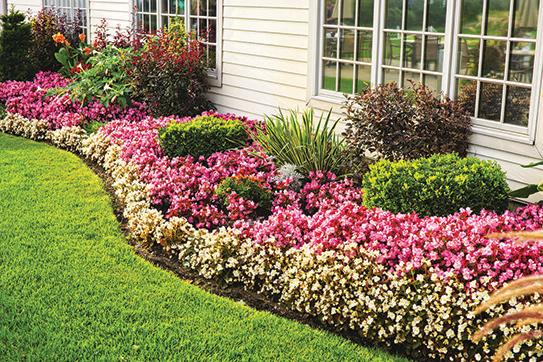
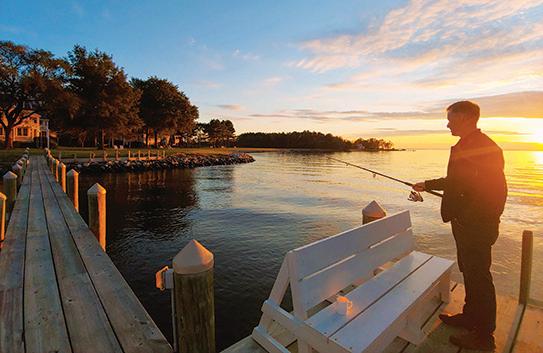
Come and enjoy our spectacular sunsets, and maybe catch a sh or two... Historic WADES POINT INN ON THE BAY
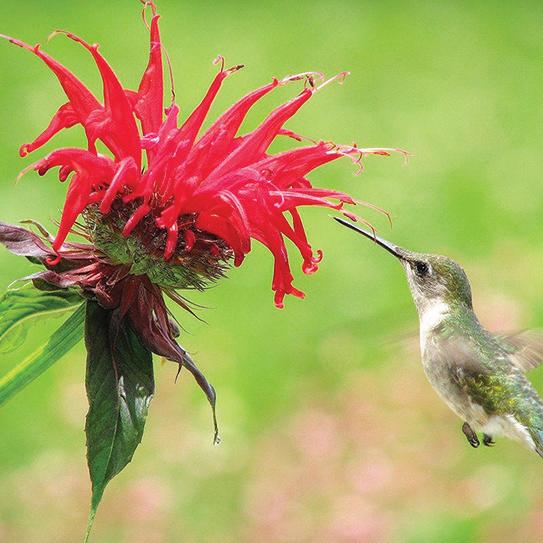
April is also a good time to scatter annual poppy seeds in flower borders. The fine seeds need no covering. Poppies have a taproot and, as a result, do not do well as transplants. Poppies are easy to grow, and they grow rapidly to provide colorful flowers in early summer. There are many different types and colors of poppies. If you are looking for a ruby red to deep purple flower color, consider sowing “Lauren’s Dark Grape,” which is available from Renee’s Garden seeds. Check out their website at reneesgarden.com.
For hot-weather color in the flower bed, consider one of the following: Gloriosa Daisy, Madagascar Periwinkle, Ornamental Peppers, Mexican Zinnia or Amaranthus ‘Joseph’s Coat.’ Plant after all danger of frost is past, and plan for color until winter arrives.
Late April is a good time to plant dahlia tubers in the flowerbed. If
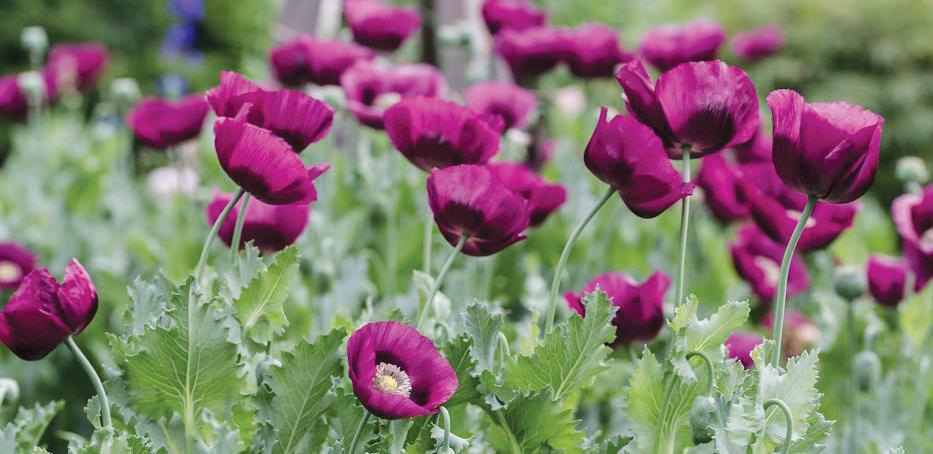
C. ALBERT MATTHEWS
INC.
Where Integrity Meets Innovation CARRIER 360° ENERGY AUDIT WATER PURIFICATION SYSTEMS PLUMBING-HEATING-AIR CONDITIONING GEOTHERMAL-SOLAR-NEW INSTALLATION ELECTRICAL-REPAIR & MAINTENANCE EFFICIENCY-SAFETY-COMFORT
WWW.CALBERTMATTHEWSINC.COM 410-822-0900
you dug up and stored dahlia tubers over this winter, one easy way to determine if they have survived storage, is to sprout them indoors in a warm, well-lighted spot. If you have bare spots in the flowerbed, try filling them with moss roses or Portulaca. This drought-tolerant annual is easy to grow. Feed regularly to encourage blooms into the summer.
Gardeners usually think about planting annual and perennial flowers to attract hummingbirds. You might want to think about adding some woody plants to the yard to provide nectar for our smallest native birds. Some common trees visited by hummingbirds are buckeye, horse chestnut, catalpa, apple, crabapple, hawthorn, silk tree, redbud and tulip poplar. Shrubs include azalea, beauty bush, coralberry, honeysuckle, lilac, New Jersey tea and red weigelia.

In my experience, weigelia is one of the lesser used deciduous landscape shrubs. A native to North China, Korea and Japan, it is an easy plant to transplant and care for. With its dense, round form, it is often used as a foundation plant or in mass plantings or shrub borders. Weigelias grow and bloom best in full sun.
Weigelias flower in late May and early June. They also bloom intermittently through the summer on the current season’s growth. Their showy, funnel-shaped rose-pink, white, pink, red, or purple red flowers bloom profusely in the spring, with a sparse and scattered repeat
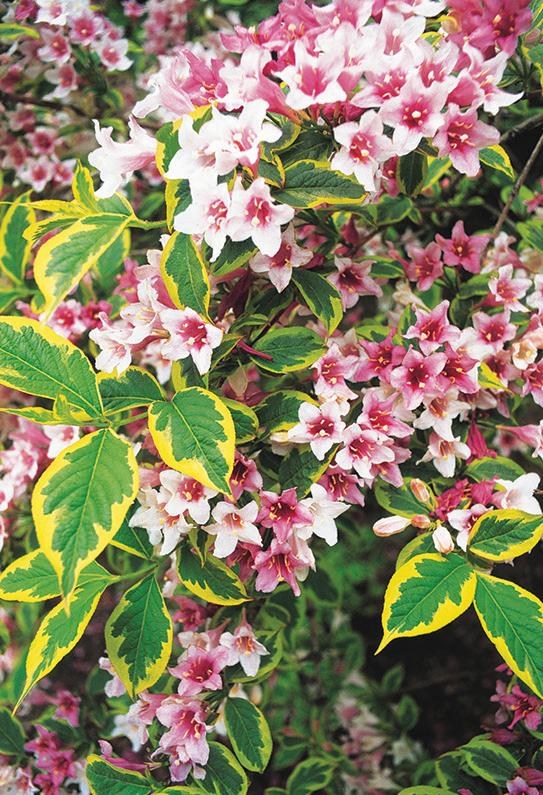



bloom often occurring in mid to late summer. The flowers attract butterflies and hummingbirds. While weigelas adapt well to a wide variety of soils, they perform best in moist, well-drained soils.
Many different weigelia cultivars are available to use in the landscape. Traditional weigelias have green foliage during the growing season. However, many cultivars are available with varied leaf forms, colorful variegated foliage and anthocyanin-hued flowers, as well as a yellow-hued cultivar. These qualities add an interesting dimension to the plants. Dwarf cultivars are available and can be used as foundation plants or grown as container plants.
As with many spring-flowering shrubs like lilac and forsythia, weigelias will benefit from renewal pruning. In mature plants, the older interior branches can be removed in late winter to improve the plant’s vigor and blooms the following year. Pruning is necessary after blooming to keep tidy ~ otherwise it will take on a weedy appearance. Happy Gardening!
Patti's Petals
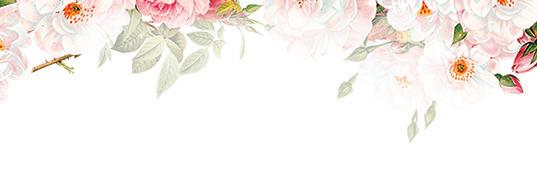
Florist, Gardens and Gifts
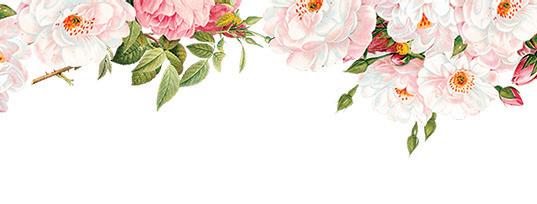
Whatever the occasion, let one of our talented let one of our talented designers create designers create a beautiful, eye-catching fresh eye-catching fresh or silk oral arrangement that's customized that's customized just for you, delivered locally, or around the world! around the world!
Mother’s Day - Sunday May 9 pattispetals orist.com

410-479-4445
219 Market St., Denton
Marc Teffeau retired as Director of Research and Regulatory Affairs at the American Nursery and Landscape Association in Washington, D.C. He now lives in Georgia with his wife, Linda.











